Home>diy>Building & Construction>What Is Average Cost Of Building A House
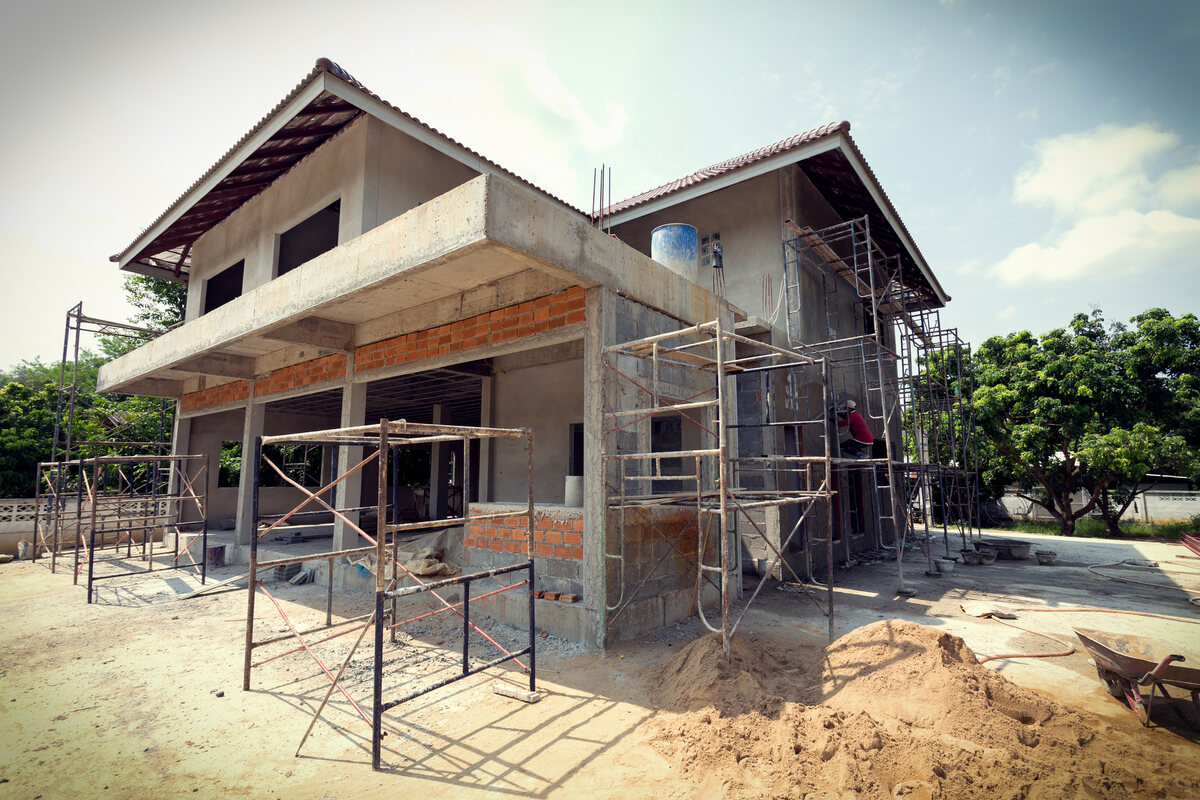

Building & Construction
What Is Average Cost Of Building A House
Modified: August 27, 2024
Discover the average cost of building a house with our comprehensive guide. From materials to labor, get all the insights you need for your next building construction project.
(Many of the links in this article redirect to a specific reviewed product. Your purchase of these products through affiliate links helps to generate commission for Storables.com, at no extra cost. Learn more)
Introduction
Building a house is a significant milestone in many people’s lives. Whether you’re considering constructing your dream home or embarking on a renovation project, it’s essential to have a clear understanding of the average cost of building a house. The total cost can vary depending on several factors, including the location, size, design, materials used, and additional features.
To help you make informed decisions and plan your budget effectively, this article will explore the various factors that can influence the average cost of building a house. From construction materials and site preparation to interior finishes and landscaping, we will delve into each aspect to give you a comprehensive overview.
It’s important to note that the figures provided in this article are general estimates and may vary depending on your specific circumstances and location. Consulting with professionals, such as architects, contractors, and real estate agents in your area, can give you a more accurate cost assessment tailored to your project.
Now, let’s explore the key factors that can impact the overall cost of building a house.
Key Takeaways:
- Building a house involves various factors affecting costs, including location, materials, and additional features. Consulting professionals and planning a contingency fund are crucial for a successful construction journey.
- Careful consideration of long-term maintenance costs, energy efficiency, and sustainable features can lead to cost savings and a more environmentally-friendly home. Planning and budgeting with accurate estimates from professionals are essential for a successful construction project.
Read more: What Is The Average Cost To Enclose A Patio
Factors Affecting the Average Cost of Building a House
When it comes to building a house, several factors can influence the overall cost. Understanding these factors can help you make informed decisions and plan your budget accordingly. Here are some key factors that can affect the average cost of building a house:
- Location: The location of your house plays a crucial role in determining the cost of construction. The cost of land, building permits, and labor can vary significantly from one area to another. Urban areas generally have higher construction costs, while rural areas may offer more affordable options.
- Size and Design: The size and design of your house will directly impact construction costs. Larger houses require more materials and labor, resulting in higher costs. Similarly, complex or custom-designed homes may require specialized labor and unique materials, which can also increase expenses.
- Materials Used: The choice of construction materials has a significant impact on the overall cost. High-quality and premium materials will generally come at a higher price point. Consider the cost of materials such as bricks, concrete, lumber, roofing, insulation, flooring, and fixtures when estimating your construction budget.
- Construction Method: The construction method you choose can impact costs. Traditional construction methods using brick and mortar may be more expensive compared to newer methods like prefabricated or modular construction. Each method has its pros and cons, including cost implications.
- Site Accessibility and Preparation: The condition of your building site and its accessibility can affect costs. If the site requires significant clearing, grading, or excavation work, it may result in additional expenses. Factors such as soil conditions, slope, and utilities access need to be considered during the site preparation stage.
- Labor Costs: Labor costs can vary depending on the region, demand, and complexity of the project. Skilled labor, such as architects, engineers, carpenters, plumbers, and electricians, play a vital role in construction. Their expertise and experience can influence the overall cost of building a house.
- Additional Features: The inclusion of additional features like swimming pools, outdoor kitchens, extensive landscaping, smart home technology, and energy-efficient systems can significantly increase the cost. Consider your priorities and budget when deciding on these extra features.
By considering these factors and conducting thorough research, you can get a better understanding of the average cost of building a house and plan your project accordingly. Remember to consult with professionals to get accurate estimates and ensure a successful construction journey.
Average Cost of Construction Materials
When estimating the average cost of building a house, it’s essential to consider the expenses associated with construction materials. The cost of materials can vary depending on factors such as quality, availability, and geographical location. Here are some common construction materials and their average costs:
- Bricks: Bricks are a popular choice for building houses due to their durability and aesthetic appeal. The average cost of bricks ranges from $0.50 to $1.50 per brick, depending on the type and quality.
- Concrete: Concrete is a crucial material for foundations, slabs, and structural elements. The cost of concrete varies based on the region and the type of concrete mix used. On average, the cost of concrete is around $75 to $100 per cubic yard.
- Lumber: Lumber is commonly used for framing, roofing, and interior elements in residential construction. The price of lumber fluctuates due to market conditions, but on average, it can range from $2 to $8 per linear foot.
- Roofing Materials: Roofing materials come in various options, such as asphalt shingles, metal roofing, or clay tiles. The average cost of roofing materials can range from $1.50 to $10 per square foot, depending on the type of material and its quality.
- Insulation: Insulation is crucial for energy efficiency and temperature control in a house. The cost of insulation depends on the material and the area to be insulated. On average, the cost of insulation can range from $0.30 to $2 per square foot.
- Windows: Windows not only allow natural light inside but also contribute to the overall look and energy efficiency of a house. The cost of windows can vary depending on the size, material, and features. On average, expect to spend between $300 and $1,000 per window.
- Doors: Exterior and interior doors are essential for security and privacy. The cost of doors varies based on the material, design, and size. On average, expect to pay between $200 and $2,000 per door.
- Flooring: There are various flooring options available, such as hardwood, laminate, tile, or carpet. The cost of flooring depends on the material, quality, and installation. On average, flooring costs range from $2 to $15 per square foot.
It’s important to note that these average prices serve as a general guideline, and actual costs may differ based on your location and specific project requirements. Additionally, labor and installation costs should be factored in when estimating the total cost of construction materials.
To obtain accurate pricing information, it is recommended to consult with suppliers and contractors in your area. They can provide more precise cost estimations based on your desired materials and project scope.
Average Cost of Site Preparation and Foundation
Before construction can begin, site preparation and foundation work are crucial steps in building a house. These initial stages require careful planning and proper execution to ensure a solid and stable foundation. Here are some aspects to consider when estimating the average cost of site preparation and foundation:
- Clearing and Excavation: Depending on the condition of the site, clearing and excavation may be necessary. This involves removing trees, rocks, and debris, as well as excavating the ground to create a level surface for construction. The average cost of this stage can range from $1,000 to $5,000, depending on the size and complexity of the site.
- Surveying and Grading: Surveying determines the precise boundaries and elevations of the site, while grading ensures proper drainage and slope. These processes are crucial for the stability and functionality of the foundation. The average cost of surveying and grading can range from $1,500 to $4,000.
- Foundation Type: The type of foundation you choose will impact the cost. Common types include slab-on-grade, crawl space, and full basement foundations. Each has different cost considerations regarding materials, excavation, and labor. On average, expect to spend between $4,000 and $12,000 for a foundation.
- Foundation Materials: The materials used for the foundation, such as concrete, rebar, and waterproofing, will influence the cost. The average cost of foundation materials can range from $7 to $15 per square foot, depending on the size and complexity of the foundation.
- Site Utilities: Connecting your house to utilities such as water, electricity, and sewer requires additional work and expenses. The cost will vary depending on the distance to existing infrastructure and local regulations. On average, expect to spend between $5,000 and $15,000 for site utility connections.
- Permits and Fees: Building permits and fees are necessary for legal compliance and inspection during the construction process. Costs will vary based on location and the scope of the project. Consult local authorities to obtain accurate information on permit fees.
It’s crucial to hire skilled professionals, such as site engineers, excavation contractors, and foundation specialists, who can ensure proper site preparation and foundation construction. Their expertise will contribute to the stability and longevity of your house.
Keep in mind that these cost estimates are general figures, and the actual expenses can vary based on project complexity, location, and site-specific factors. Consulting with contractors and obtaining multiple quotes will provide a more accurate assessment of the average cost of site preparation and foundation for your specific project.
Average Cost of Framing and Structural Work
Framing and structural work are essential components of constructing a house. They form the skeletal framework and provide support for the entire structure. The cost of framing and structural work can vary depending on factors such as the size of the house, the complexity of the design, and the materials used. Here are some aspects to consider when estimating the average cost of framing and structural work:
- Material Costs: The cost of framing materials, such as lumber, beams, and trusses, can vary depending on the size and complexity of the structure. On average, the cost of framing materials ranges from $10 to $20 per square foot of the house. This includes the materials required for walls, floors, and roofs.
- Labor Costs: Hiring skilled carpenters and construction crews for framing and structural work is vital to ensure a sturdy and safe house. Labor costs can vary depending on the region and the complexity of the project. On average, the labor cost for framing and structural work can range from $8 to $15 per square foot of the house.
- Roofing: The cost of roofing materials and installation is an important aspect of structural work. It is important to choose roofing materials that provide durability, protection from the elements, and energy efficiency. On average, the cost of roofing can range from $5,000 to $15,000, depending on the size and type of roofing material chosen.
- Windows and Doors: Installing windows and doors is part of the structural work and framing process. The cost of windows and doors can vary depending on the size, material, and energy efficiency ratings. On average, expect to spend between $200 and $1,000 per window, and $200 to $2,000 per door.
- Structural Reinforcements: Depending on the design and structural requirements, additional reinforcements may be needed. This can include installing beams, columns, or other structural elements to provide stability and support. The cost for structural reinforcements will depend on the complexity of the design and the materials used.
- Inspections and Permits: Local building codes often require structural inspections at various stages of construction. The cost of permits and inspections will vary depending on the location and the size of the project. It is important to factor in these costs when estimating the overall expense of framing and structural work.
It is crucial to work with experienced and reputable contractors and construction crews for framing and structural work. They will ensure that the work is done according to industry standards and building codes. Remember to obtain multiple quotes and consult with professionals to get a more accurate assessment of the average cost of framing and structural work for your specific project.
Average Cost of Plumbing and Electrical Installation
Plumbing and electrical systems are vital components of a house, providing essential utilities and ensuring a comfortable living environment. The cost of plumbing and electrical installation can vary based on factors such as the size of the house, the complexity of the systems, and the quality of materials used. Here are some aspects to consider when estimating the average cost of plumbing and electrical installation:
- Plumbing: The cost of plumbing installation depends on the complexity of the plumbing system, the number of fixtures, and the distance from the main water and sewer lines. On average, the cost of plumbing installation can range from $4,000 to $12,000. This includes materials, labor, and fixtures such as toilets, sinks, showers, and faucets.
- Electrical: The cost of electrical installation depends on the size of the house, the number and type of outlets, switches, and lights required. On average, the cost of electrical installation can range from $8,000 to $15,000. This includes materials, labor, and electrical fixtures such as circuit breakers, wiring, outlets, and light fixtures.
- Materials: The cost of plumbing and electrical materials will depend on their quality, brand, and features. It’s important to choose durable and reliable materials to ensure the longevity and safety of your plumbing and electrical systems. Research different options and consult with professionals to find the best balance between cost and quality.
- Labor Costs: Hiring licensed and experienced plumbers and electricians is essential for proper installation and compliance with building codes. Labor costs can vary based on the complexity of the systems and the region. It is recommended to obtain multiple quotes from reputable contractors to get an accurate estimate of labor costs for plumbing and electrical installation.
- Permits and Inspections: Plumbing and electrical work typically require permits and inspections from local authorities to ensure compliance with safety standards and regulations. The cost of permits and inspections will vary based on the location and the scope of the project. It’s important to factor these costs into your budget and obtain the necessary permits before starting the installation process.
It’s crucial to work with licensed professionals when installing plumbing and electrical systems in your house. They will ensure that the work is done correctly, safely, and in compliance with local codes and regulations. By carefully considering the factors mentioned above and consulting with experts, you can estimate the average cost of plumbing and electrical installation for your specific project.
Average Cost of Exterior Finishes
The exterior finishes of a house are not only crucial for protecting the structure from the elements but also contribute to its aesthetic appeal. The cost of exterior finishes can vary based on the materials chosen, the size of the house, and the complexity of the design. Here are some common exterior finishes and their average costs:
- Siding: Siding is a popular choice for the exterior of a house due to its durability and low maintenance. The cost of siding materials can range from $2 to $8 per square foot, depending on the type of material chosen. Common options include vinyl, fiber cement, wood, and stucco.
- Brick: Brick is a timeless and classic option for exterior finishes. The cost of brick installation can vary depending on the size of the house and the complexity of the design. On average, expect to spend between $6 and $15 per square foot for brick installation.
- Stone: Stone accents or full stone exteriors can add a luxurious touch to a house. The cost of stone installation can range from $25 to $75 per square foot, depending on the type of stone and the intricacy of the work involved.
- Exterior Paint: Exterior paint is a cost-effective way to give your house a fresh and updated look. The cost of exterior paint can vary depending on the quality of paint and the size of the house. On average, expect to spend between $1,000 and $3,000 for exterior painting.
- Roofing: The roofing material and design also contribute to the overall exterior finish of the house. The cost of roofing materials and installation can range from $5,000 to $15,000, depending on the size of the roof and the type of material chosen.
- Windows and Doors: Windows and doors not only affect the aesthetic appeal but also impact the energy efficiency and functionality of the house. The cost of windows and doors can vary depending on the size, material, and features. On average, expect to spend between $200 and $1,000 per window, and $200 to $2,000 per door.
Keep in mind that these average costs serve as a general guideline, and the actual prices may vary depending on your location, specific material choices, and the size of your house. It’s advisable to consult with contractors and suppliers to obtain more accurate estimates based on your project’s requirements.
Remember that investing in high-quality materials and professional installation ensures the longevity and visual appeal of your exterior finishes. Take the time to research different options, compare prices, and consult with experts to make informed decisions and stay within your budget.
Consider the location, size, materials, and labor costs when estimating the average cost of building a house. Get multiple quotes and factor in additional expenses like permits and landscaping.
Average Cost of Interior Finishes
The interior finishes of a house play a crucial role in creating a comfortable and visually appealing living space. The cost of interior finishes can vary based on factors such as the size of the house, the complexity of the design, and the quality of materials used. Here are some common interior finishes and their average costs:
- Flooring: The cost of flooring materials and installation depends on the type of flooring chosen. Common options include hardwood, laminate, tile, carpet, and vinyl. On average, expect to spend between $2 and $15 per square foot for flooring materials and installation, taking into account the quality and complexity of the flooring design.
- Paint: Interior paint is a cost-effective way to transform the look and feel of a house. The cost of paint varies depending on the quality and coverage desired. On average, expect to pay between $1,000 and $3,000 for paint and labor for a standard-sized house.
- Wallpaper: Wallpaper can add texture and style to the interior walls of a house. The cost of wallpaper installation depends on the type and design of the wallpaper and the surface area to be covered. On average, wallpaper installation can range from $2 to $10 per square foot.
- Cabinetry: The cost of cabinetry depends on the material, design, and size of the cabinets. Custom-made cabinets are generally more expensive than stock or semi-custom options. On average, expect to spend between $5,000 and $20,000 for cabinetry in a standard-sized kitchen.
- Countertops: The cost of countertops varies depending on the material chosen. Common options include granite, quartz, laminate, and wood. On average, expect to spend between $2,000 and $5,000 for countertop installation in a standard-sized kitchen.
- Lighting Fixtures: Lighting fixtures can enhance the ambiance and functionality of a house. The cost of lighting fixtures depends on the type, style, and complexity of the design. On average, expect to spend between $500 and $3,000 for lighting fixtures throughout the house.
These average costs serve as a general guideline, and the actual prices may vary depending on factors such as your location, specific material choices, and the size and complexity of your house. It’s recommended to consult with contractors and suppliers to obtain more accurate estimates based on your project’s requirements.
Remember to allocate a portion of your budget for professional labor and installation, especially for complex finishes like cabinetry, countertops, and flooring. Skilled professionals ensure proper installation, durability, and a polished look for your interior finishes.
By carefully considering your options, comparing prices, and working with reputable contractors, you can create beautiful and functional interior finishes to enhance your living space while staying within your budget.
Average Cost of Heating, Ventilation, and Air Conditioning (HVAC) Systems
Heating, ventilation, and air conditioning (HVAC) systems are essential for maintaining a comfortable and healthy indoor environment. The cost of HVAC systems can vary based on factors such as the size of the house, the climate in your region, and the complexity of the system. Here are some aspects to consider when estimating the average cost of HVAC systems:
- Heating System: The cost of a heating system depends on the type of system chosen. Common options include furnaces, heat pumps, and boilers. On average, expect to spend between $2,500 and $7,500 for a new heating system, including installation.
- Air Conditioning System: The cost of an air conditioning system will depend on factors such as the size of the house and the type of system chosen (such as central air conditioning or ductless mini-split systems). On average, expect to spend between $3,000 and $7,000 for a new air conditioning system, including installation.
- Ventilation System: Proper ventilation is important for maintaining good indoor air quality. The cost of a ventilation system, such as mechanical ventilation or whole-house fans, will depend on factors such as the size of the house and the specific ventilation needs. On average, expect to spend between $500 and $2,000 for a ventilation system.
- Ductwork: If your house requires ductwork for heating and cooling, the cost will depend on factors such as the size of the house and the complexity of the ductwork design. On average, expect to spend between $2,000 and $6,000 for ductwork installation.
- Energy Efficiency: Opting for energy-efficient HVAC systems can result in long-term cost savings. Energy-efficient systems may have a higher upfront cost but can lead to lower energy bills over time. Look for systems with high SEER (Seasonal Energy Efficiency Ratio) ratings for air conditioners and AFUE (Annual Fuel Utilization Efficiency) ratings for heating systems.
- Maintenance and Service: It’s important to budget for regular maintenance and service for your HVAC systems. This can include annual tune-ups, filter replacements, and occasional repairs. It’s recommended to allocate around 1-3% of the initial HVAC system cost per year for maintenance and service.
Remember that these average costs serve as a general guideline, and prices may vary based on your location, the specific HVAC system specifications, and additional features. It’s important to consult with HVAC professionals to obtain accurate estimates tailored to your project’s requirements.
Investing in a reliable and efficient HVAC system ensures year-round comfort and energy efficiency in your home. Consider your climate, energy savings potential, and long-term maintenance costs when selecting an HVAC system that meets your needs and budget.
Read more: Closing Costs When Building A House
Average Cost of Windows and Doors
Windows and doors are essential components of a house, providing natural light, ventilation, security, and aesthetic appeal. The cost of windows and doors can vary based on factors such as the size, material, style, and energy efficiency. Here are some aspects to consider when estimating the average cost of windows and doors:
- Windows: The cost of windows depends on factors such as the size, material, style, and energy efficiency ratings. Common materials for windows include vinyl, wood, aluminum, and fiberglass. On average, expect to spend between $300 and $1,000 per window, including installation.
- Doors: The cost of doors varies based on factors such as the material, style, size, and additional features such as glass inserts and hardware. Common materials for doors include wood, fiberglass, and steel. On average, expect to spend between $200 and $2,000 per door, including installation.
- Energy Efficiency: Energy-efficient windows and doors can help reduce energy consumption and lower utility bills. Look for ENERGY STAR® certified products that meet specific energy efficiency criteria. While energy-efficient windows and doors may have a higher upfront cost, they can lead to long-term energy savings.
- Additional Features: The cost of windows and doors can increase based on additional features such as decorative glass, hardware upgrades, and custom sizes. These features add aesthetic value and functionality, but they come at an additional cost. Consider your budget and priorities when selecting these additional features.
- Installation: Professional installation is crucial for proper functioning, security, and weatherproofing of windows and doors. The cost of installation can vary depending on factors such as the number of windows and doors, the complexity of the installation, and any necessary structural modifications. It’s recommended to obtain multiple quotes from reputable contractors to get an accurate estimate for installation.
- Maintenance: Consider the long-term maintenance requirements and associated costs of windows and doors. Some materials may require more upkeep than others. Regular maintenance, such as cleaning and weatherstripping, is essential for prolonging the lifespan and performance of windows and doors.
It’s important to keep in mind that these average costs serve as a general guideline, and actual prices may vary based on your location, specific product choices, and any customization or installation requirements. Consult with suppliers and contractors to obtain more accurate estimates based on your project’s needs and specifications.
Investing in high-quality windows and doors enhances the overall functionality, aesthetics, and energy efficiency of your home. By carefully considering your options, comparing prices, and working with reputable suppliers and installers, you can find the right windows and doors that fit your budget and meet your needs.
Average Cost of Appliances and Fixtures
Appliances and fixtures are essential components of a house, providing functionality and convenience to daily living. The cost of appliances and fixtures can vary based on factors such as the brand, size, features, and quality. Here are some aspects to consider when estimating the average cost of appliances and fixtures:
- Kitchen Appliances: The cost of kitchen appliances, such as refrigerators, stoves, dishwashers, and microwaves, can vary depending on the brand, size, and features. On average, expect to spend between $2,000 and $10,000 for a set of kitchen appliances, depending on the quality and specific requirements.
- Bathroom Fixtures: The cost of bathroom fixtures, including sinks, faucets, toilets, and showers, can vary based on the brand, quality, and design. On average, expect to spend between $500 and $3,000 per bathroom for fixtures, depending on the number of bathrooms and your desired level of quality.
- Light Fixtures: Light fixtures contribute to the ambiance and functionality of a house. The cost of light fixtures can vary based on the style, size, and brand. On average, expect to spend between $500 and $3,000 for light fixtures throughout the house, depending on the number and level of quality desired.
- Plumbing Fixtures: Plumbing fixtures, such as faucets, showerheads, and bathtub installations, come in various price ranges depending on the brand and quality. On average, expect to spend between $500 and $3,000 per bathroom for plumbing fixtures, depending on the level of quality desired.
- Appliance and Fixture Upgrades: Upgrades, such as energy-efficient appliances or high-end fixtures, can increase the overall cost. While these upgrades may have a higher upfront cost, they can lead to long-term energy savings and improved durability.
- Installation: Professional installation is often required for appliances and fixtures to ensure proper functionality and safety. The cost of installation will vary depending on the complexity of the installation and any necessary modifications. It’s recommended to obtain quotes from reputable contractors to get an accurate estimate for installation.
- Maintenance and Warranty: Consider the long-term maintenance and warranty requirements for appliances and fixtures. Some products may require more maintenance or have longer warranty periods, which can affect the overall cost of ownership.
It’s important to keep in mind that these average costs serve as a general guideline, and actual prices may vary based on your location, specific product choices, and any customization or installation requirements. Consult with suppliers and contractors to obtain more accurate estimates based on your project’s needs and specifications.
Investing in high-quality appliances and fixtures improves the functionality, aesthetics, and value of your home. By carefully comparing options, considering long-term costs, and working with reputable suppliers and installers, you can find the right appliances and fixtures that fit your budget and meet your needs.
Average Cost of Landscaping and Outdoor Features
Landscaping and outdoor features are integral to creating an inviting and visually appealing exterior space around your house. The cost of landscaping and outdoor features can vary based on factors such as the size of the yard, the complexity of the design, the materials used, and the desired features. Here are some aspects to consider when estimating the average cost of landscaping and outdoor features:
- Grass and Plants: The cost of grass and plants will depend on the size of the yard, the type and variety of plants chosen, and whether you opt for seeds, sod, or pre-grown plants. On average, expect to spend between $1,000 and $5,000 for grass and plant installation, including soil preparation and irrigation.
- Hardscaping: Hardscaping includes features like pathways, driveways, patios, decks, and retaining walls. The cost of hardscaping varies depending on the materials used, such as concrete, pavers, or natural stone, as well as the complexity and size of the project. On average, expect to spend between $5,000 and $20,000 for hardscaping.
- Outdoor Structures: Outdoor structures such as pergolas, gazebos, and sheds can enhance the functionality and aesthetics of your outdoor space. The cost will depend on the size, materials used, and any additional features. On average, expect to spend between $2,000 and $10,000 for outdoor structures.
- Water Features: Water features like ponds, fountains, and waterfalls can create a soothing and tranquil atmosphere in your outdoor space. The cost will depend on the size, complexity, and materials used. On average, expect to spend between $2,000 and $10,000 for water features.
- Lighting: Outdoor lighting enhances safety, accessibility, and ambiance. The cost of outdoor lighting will depend on the number of fixtures, the type of lighting (such as path lights or spotlights), and any additional features like timers or motion sensors. On average, expect to spend between $500 and $3,000 for outdoor lighting.
- Irrigation System: Installing an irrigation system is essential for maintaining a healthy and lush landscape. The cost will depend on the size of the yard, the type of irrigation system (such as sprinklers or drip irrigation), and any additional features. On average, expect to spend between $2,500 and $6,000 for an irrigation system.
It’s important to keep in mind that these average costs serve as a general guideline, and actual prices may vary based on your location, specific project requirements, and any additional features or customizations. Consult with professional landscapers and contractors to obtain more accurate estimates tailored to your project’s needs and specifications.
Investing in high-quality landscaping and outdoor features enhances the curb appeal, functionality, and enjoyment of your outdoor space. By carefully planning, considering long-term maintenance requirements, and working with reputable professionals, you can create a beautiful and inviting outdoor environment that fits your budget and meets your design preferences.
Additional Costs and Considerations
When estimating the average cost of building a house, it’s crucial to consider additional expenses and factors that can impact the overall budget. These costs and considerations may vary based on your specific project requirements and location. Here are a few key aspects to keep in mind:
- Architectural Design: Hiring an architect to design your house ensures that your vision is translated into a practical and structurally sound plan. Architectural fees can vary based on the complexity and size of the project. On average, expect to spend between 10% and 20% of the total construction cost for architectural design services.
- Permits and Inspections: Building permits and inspections are necessary for legal compliance and ensuring that your project meets local building codes. Permit fees can vary depending on your location and the scope of work. It’s essential to factor these costs into your budget and obtain the necessary permits before starting construction.
- Contingency Fund: It’s wise to set aside a contingency fund to account for unexpected expenses or changes during the construction process. It’s recommended to allocate around 10% to 15% of the total construction cost as a contingency fund.
- Land and Site Development: The cost of land varies based on location, size, and amenities. Site development costs, such as clearing, grading, and utility connections, need to be considered as well. These costs can significantly impact the overall budget of your project.
- Contractor Selection: Hiring the right contractor is essential for a successful construction project. Obtain multiple quotes from reputable contractors, and consider factors such as experience, reputation, and references. It’s crucial to have clear communication and a detailed contract in place before starting the construction process.
- Timeline: Consider the timeline for your project and any associated costs, such as temporary housing or storage if you need to vacate your current residence during construction. Delays in material delivery, inclement weather, or unforeseen issues can also impact the timeline and should be factored into your planning.
- Energy Efficiency and Sustainability: Investing in energy-efficient systems and sustainable features can lead to long-term savings and reduce your environmental footprint. While these options may have higher upfront costs, consider the potential savings on energy bills and the positive impact on the environment.
It’s important to note that these costs and considerations are general guidelines, and the actual expenses may vary based on your specific project needs and location. Consulting with professionals, such as architects, contractors, and real estate agents in your area, will provide more accurate estimates and guidance tailored to your project.
By carefully considering these additional costs and considerations, you can plan and budget for a successful construction project that meets your needs and aligns with your financial capabilities.
Conclusion
Building a house is an exciting and significant endeavor, but it requires careful planning and budgeting. By considering the average costs and various factors discussed in this article, you can gain a better understanding of what to expect during the construction process.
Factors such as location, size, design, materials, and additional features all influence the overall cost of building a house. It’s important to note that these average costs serve as general estimates, and the actual expenses may vary based on your specific project requirements and location.
Throughout the construction process, it’s essential to work with knowledgeable professionals, including architects, contractors, and suppliers. They can provide valuable insights, accurate cost estimations, and ensure that the project is executed smoothly and efficiently.
Additionally, as you plan your budget, it’s crucial to set aside a contingency fund to account for unexpected expenses or changes. Building permits, inspections, contractual agreements, and timelines should also be carefully considered and factored into your planning process.
Remember to consider the long-term maintenance costs and energy efficiency of your chosen materials, appliances, and fixtures. Investing in quality products and sustainable features can lead to cost savings and a more environmentally-friendly home in the long run.
Ultimately, building a house is a personal and unique journey. By understanding the various factors affecting the average cost and making informed decisions along the way, you can create a beautiful and functional home that fits your vision and budget.
Consulting with professionals and doing in-depth research will help you obtain accurate cost estimates based on your specific needs and location. With proper planning and consideration, you can embark on your construction project with confidence, knowing that you’ve considered the key aspects that contribute to the average cost of building a house.
Frequently Asked Questions about What Is Average Cost Of Building A House
Was this page helpful?
At Storables.com, we guarantee accurate and reliable information. Our content, validated by Expert Board Contributors, is crafted following stringent Editorial Policies. We're committed to providing you with well-researched, expert-backed insights for all your informational needs.

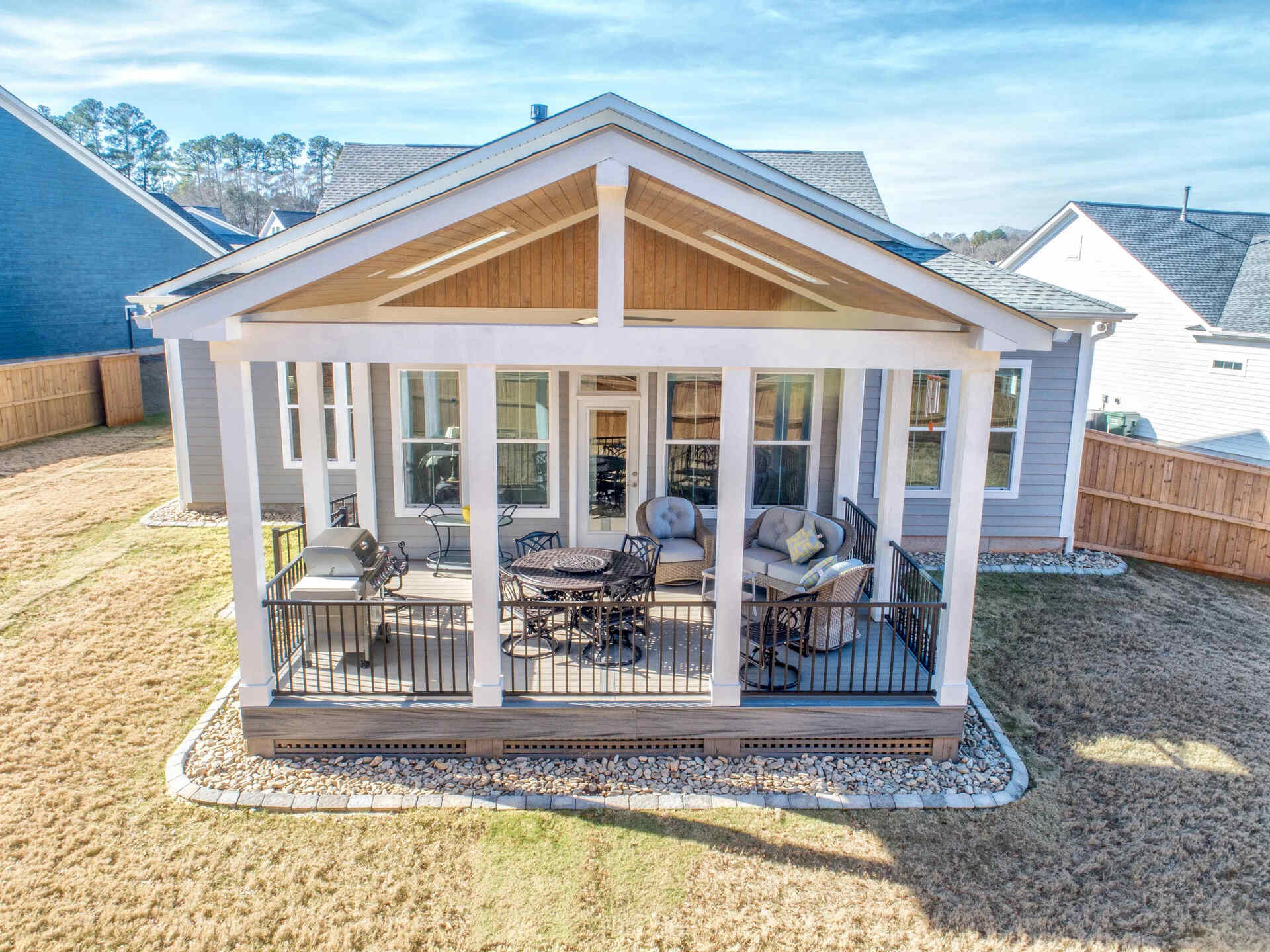
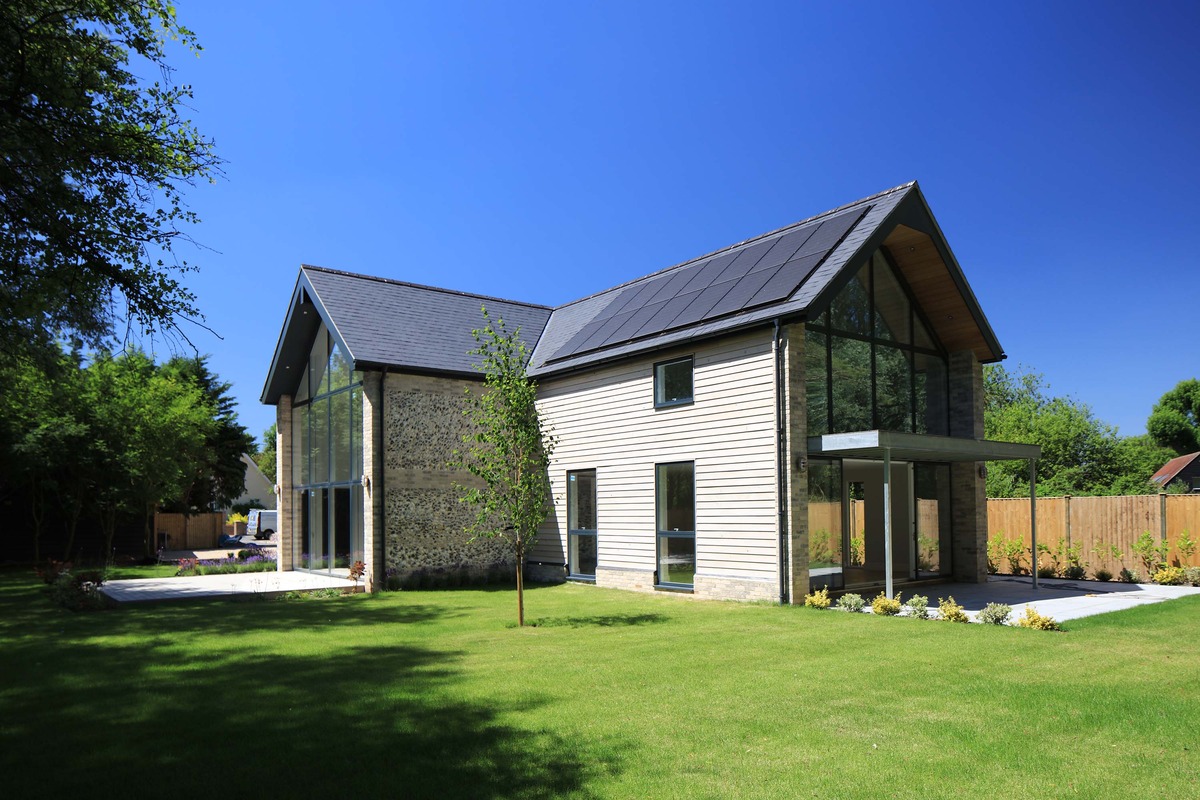
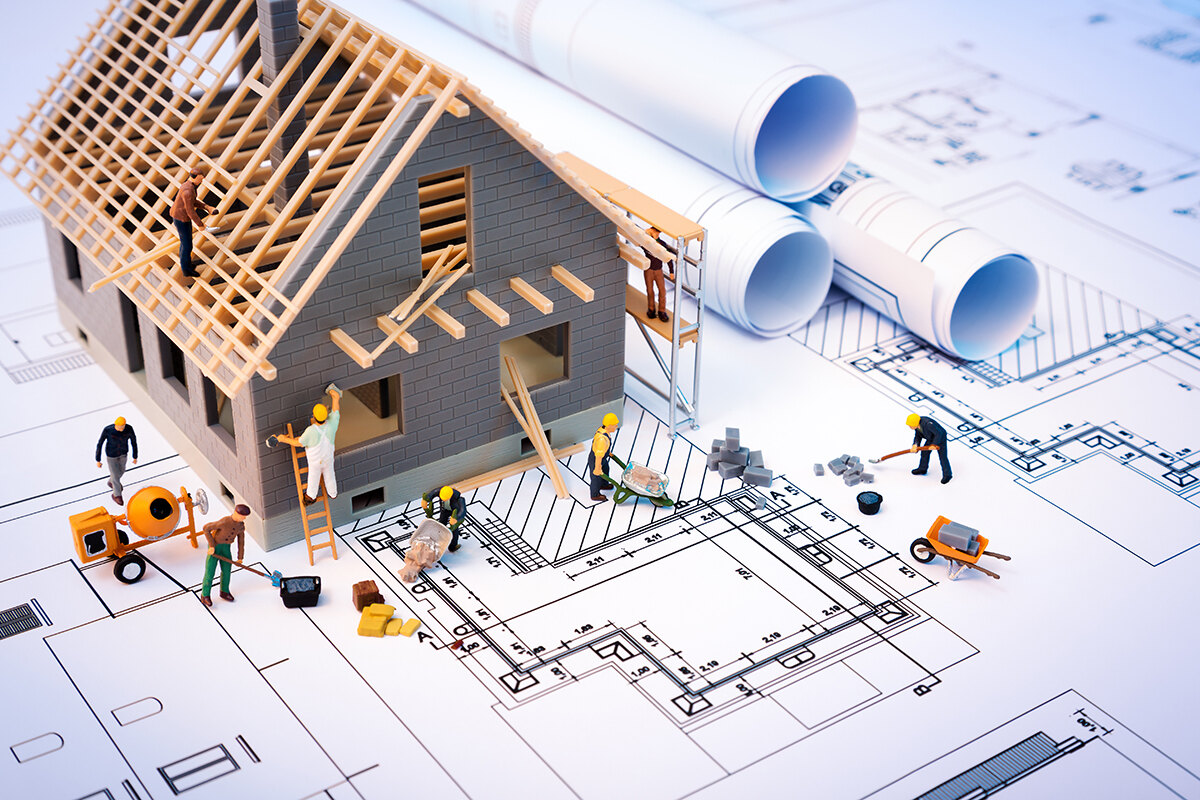
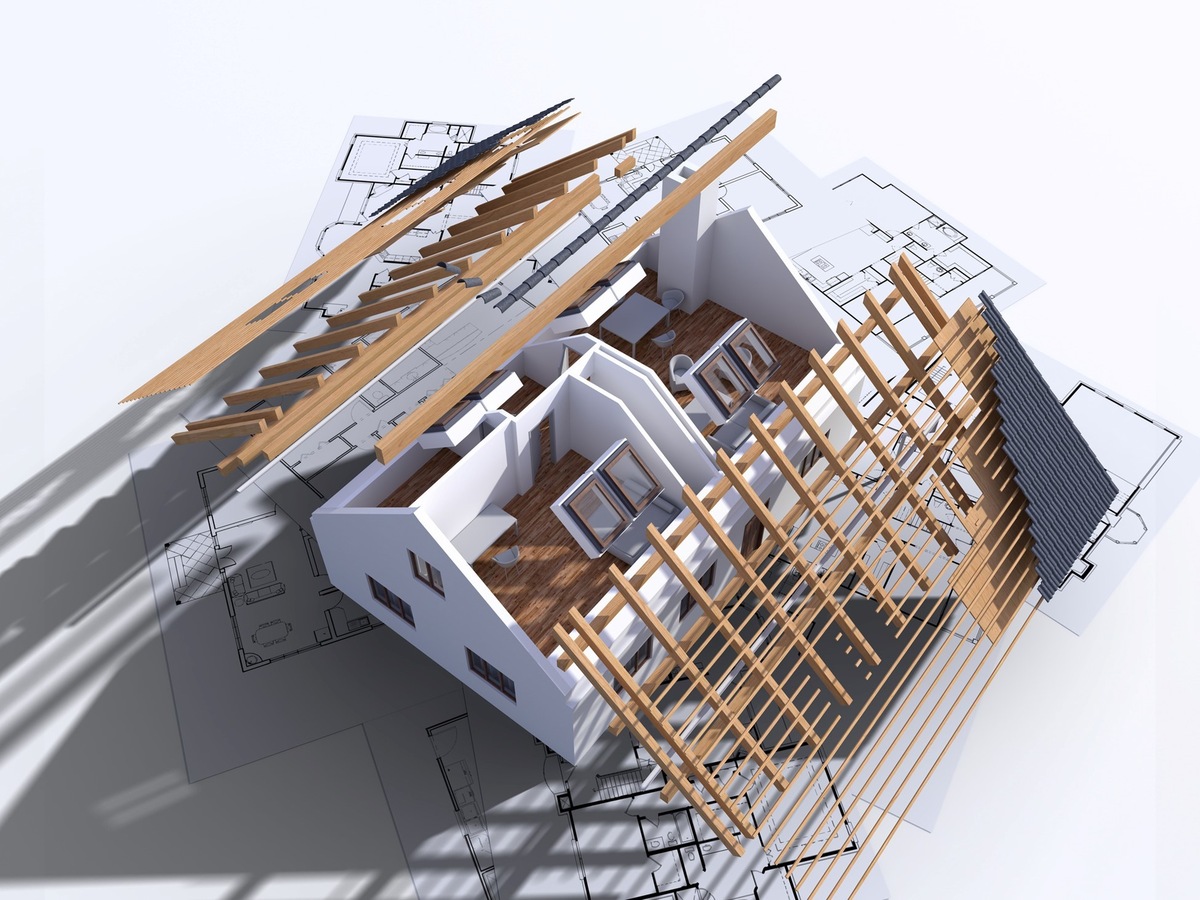
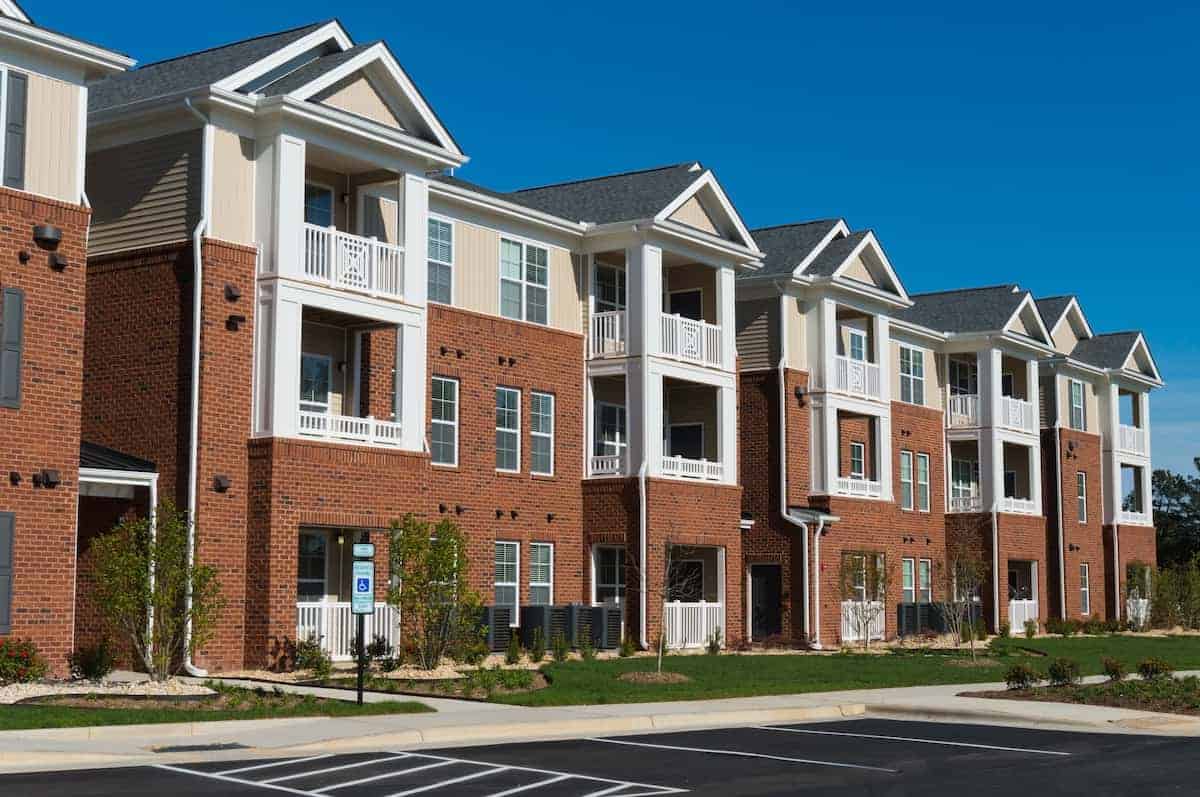
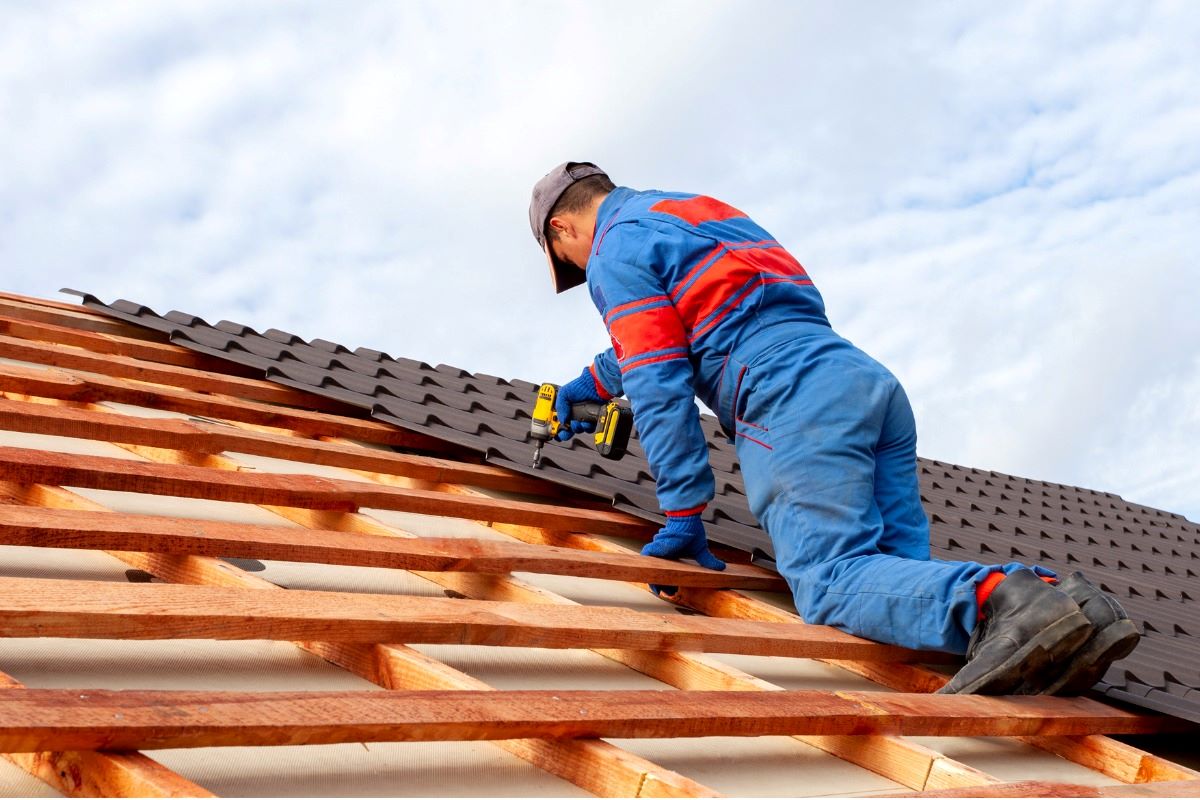
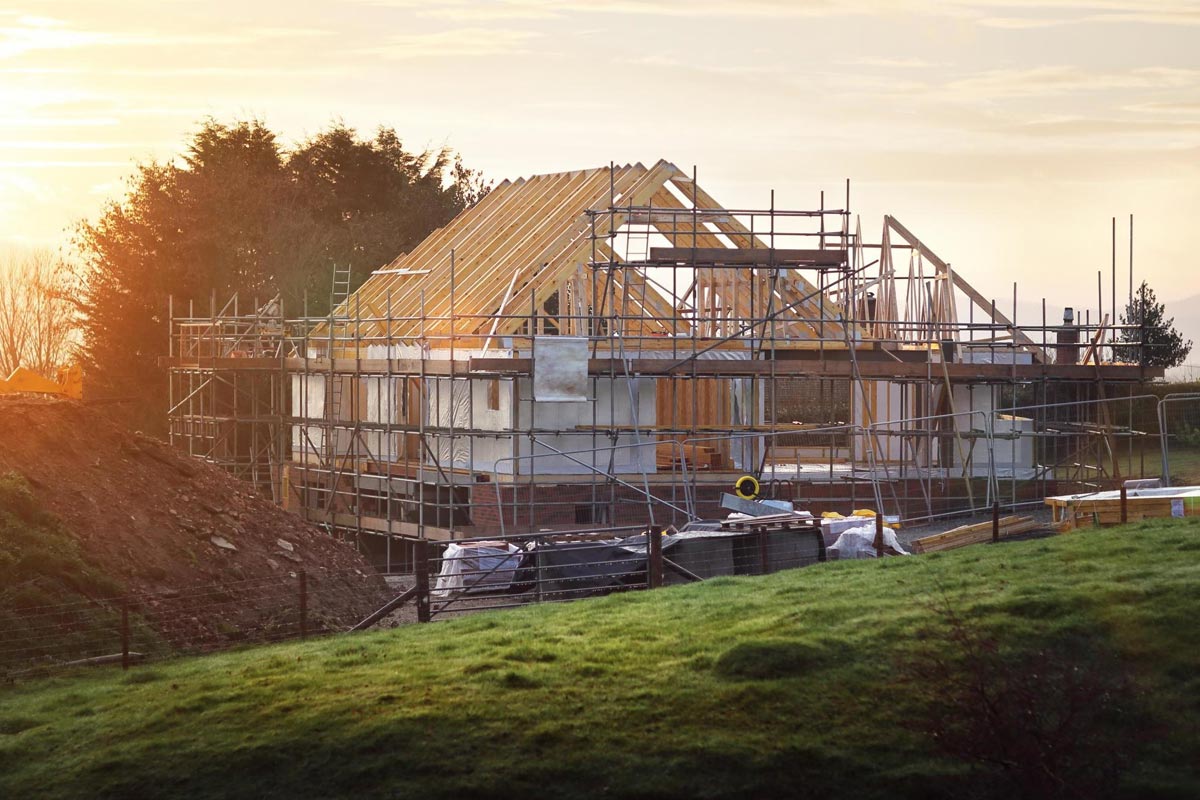
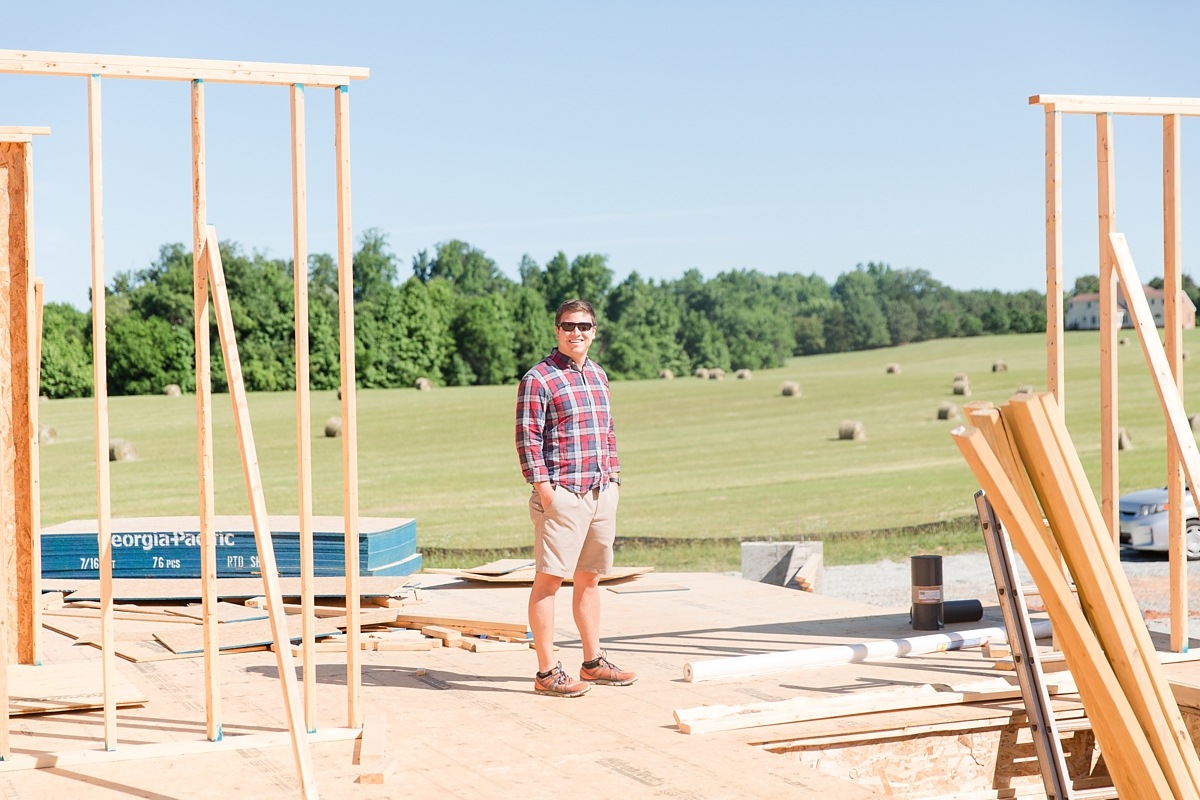
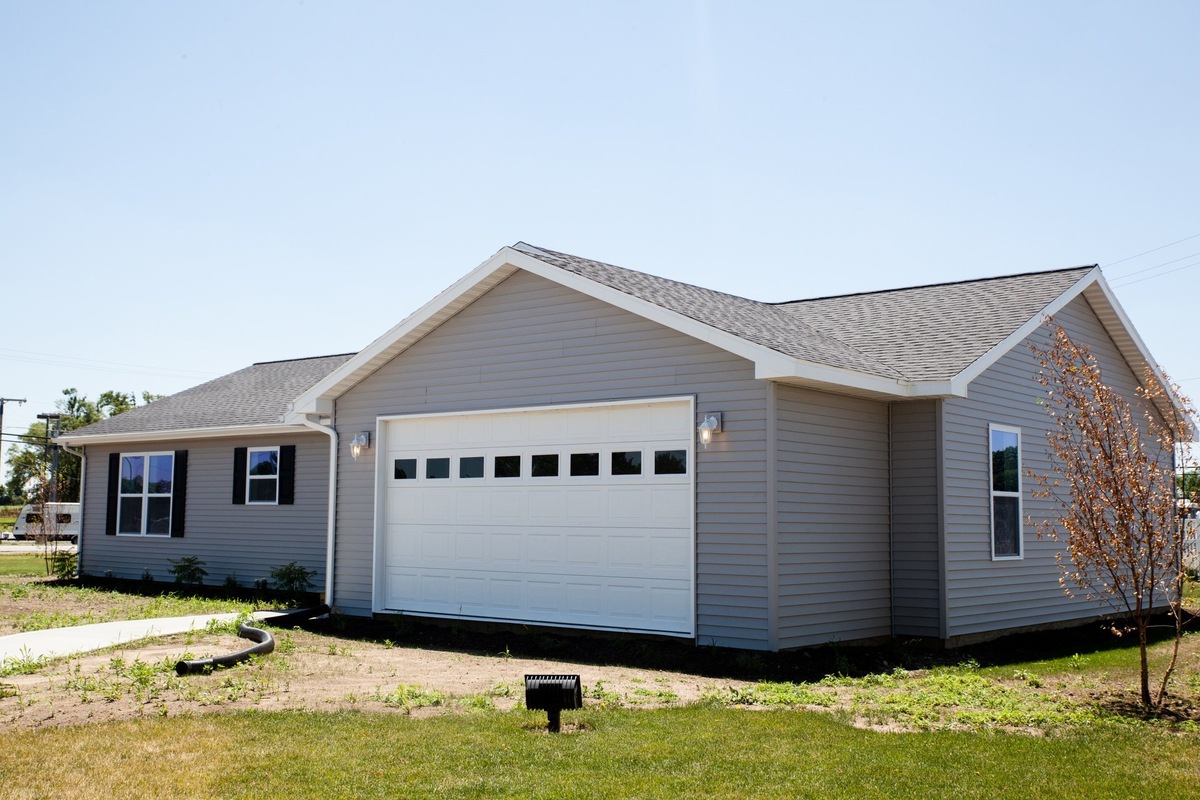
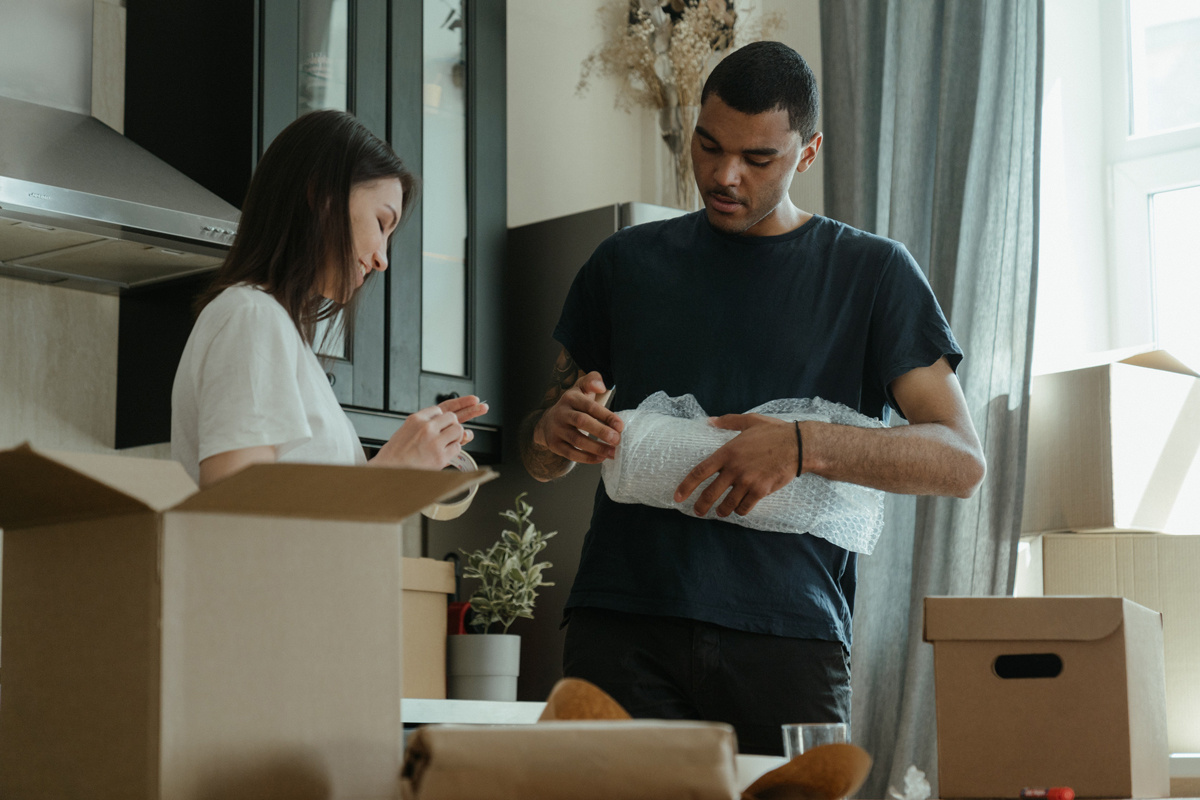
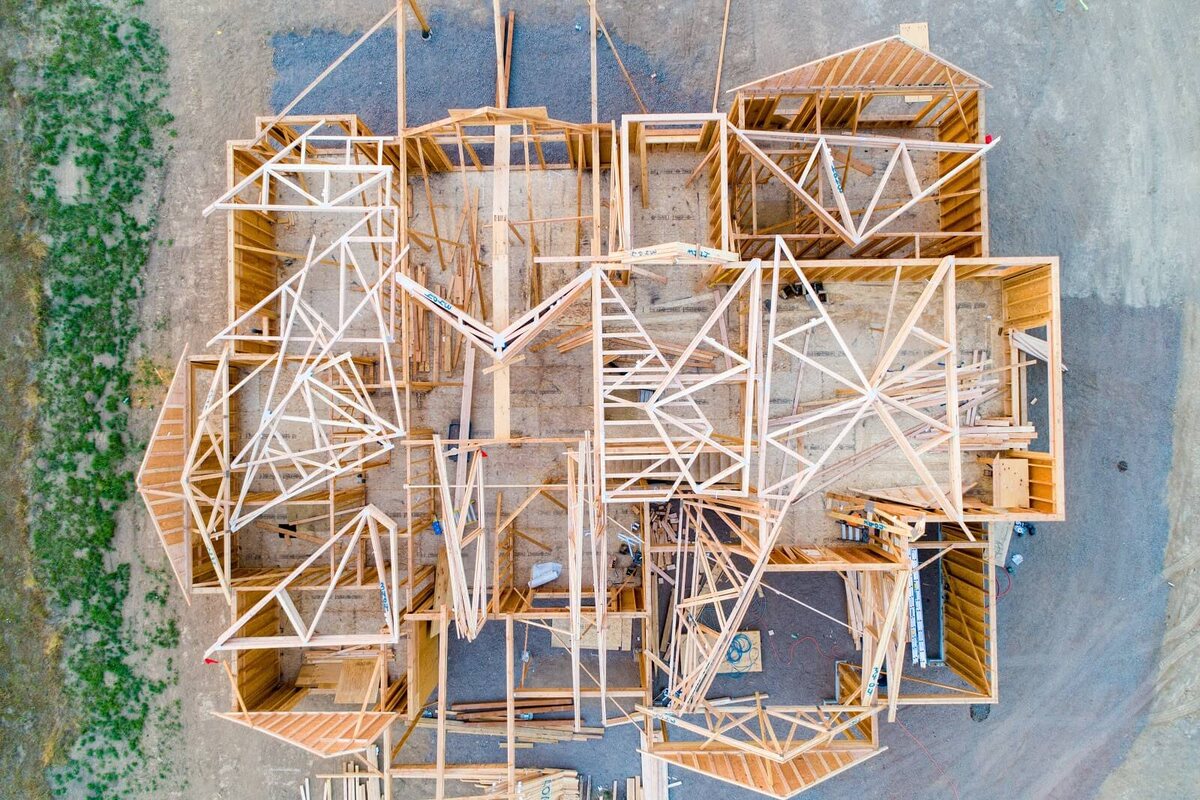

0 thoughts on “What Is Average Cost Of Building A House”